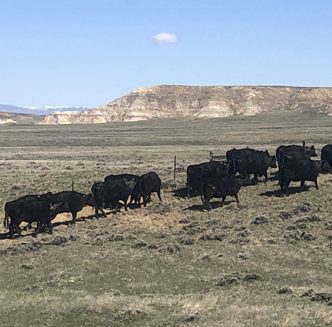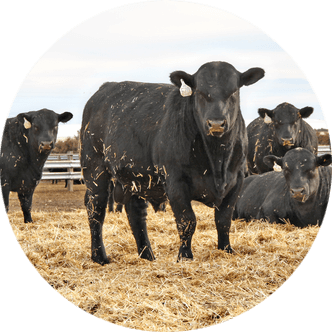Managing corn rootworms discussed
Corn rootworm beetles cause economic losses by tunneling into the roots of corn plants, resulting in reduced ear weight and, in severe cases, roots can completely pull out of the soil, causing the stalk to lie flat on the ground, preventing ears from developing properly.
Besides feeding on corn roots, rootworm beetles feed on green corn silks, reducing pollination.
Most field corn is pollinated before peak beetle populations occur, so beetles present around mid-August or later have little impact on the corn.
Still, the Western corn rootworm beetle, which also feeds on leaves, can slow plant growth and, on rare occasions, can kill some corn plant varieties.
However, researchers and entomologists are trying to determine if gene modification or biologicals can support a new way to battle corn rootworms.
Tough pest
According to a March 13 Farm Progress article by Tom Bechman, corn rootworms know how to overcome control by bacillus thuringiensis (Bt) traits through resistance, especially in continuous corn.
He notes, “Crop rotation is effective where practical but not foolproof, and conventional soil insecticides can work but the pest already has developed resistance to some products.”
Recently, two possibilities have emerged – one involves complex genetic modification to make resistant insects susceptible again, and the other involves using biological products.
“A team of scientists at the University of California San Diego recently reported they successfully converted pesticide-resistant fruit flies into 100 percent susceptible insects,” Bechman states. “The process took eight to 10 generations, and they did it using a tool called Gene Drive or e-Drive.”
Other researchers have previously explored the possibility of reversing insect resistance using similar technology.
However, concerns emerged regarding the persistence of transformed genes within the population.
Erin Hodgson, professor and Extension entomologist at Iowa State University (ISU), reports, “It is one thing to achieve success in the lab, and another thing to do it at field scale, but we’re talking about changing genetics which can be a complex process.”
Pest control
The U.S. Environmental Protection Agency approved registration for bioinsecticide TS201 from NewLeaf Symbiotics in time for some growers to use in 2024.
NewLeaf Symbiotics claims TS201 was used on nearly 450,000 acres, delivering a nine-bushel-per-acre advantage over standard practices.
Representatives from the company praise TS201 as a first-of-its-kind biocontrol option and say it functions with the plant’s natural defense systems to repel corn rootworm larvae from feeding on roots.
Hodgson reports researchers at ISU have experience with the product and note it appears to promote more root growth in young corn plants, but they did not observe TS201 repelling rootworm larvae to prevent feeding.
“There is a question you need to ask yourself when considering these types of products,” Hodgson says. “Are they worth the price you would pay for them?”
Nick Seiter, assistant professor of field crops entomology at the University of Illinois, has not examined this specific product but has evaluated many biological products intended for insect control, the article mentions.
Seiter shares Hodgson’s view, as he has not yet identified a product he considers a significant improvement in insect management.
“Before I would commit to using any products on a large acreage, I would want to see what they do in my area, specifically on my farm,” Seiter says. “And I want to see performance in replicated trials on my farm. What can they do for me?”
Melissa Anderson is the editor of the Wyoming Livestock Roundup. Send comments on this article to roundup@wylr.net.





